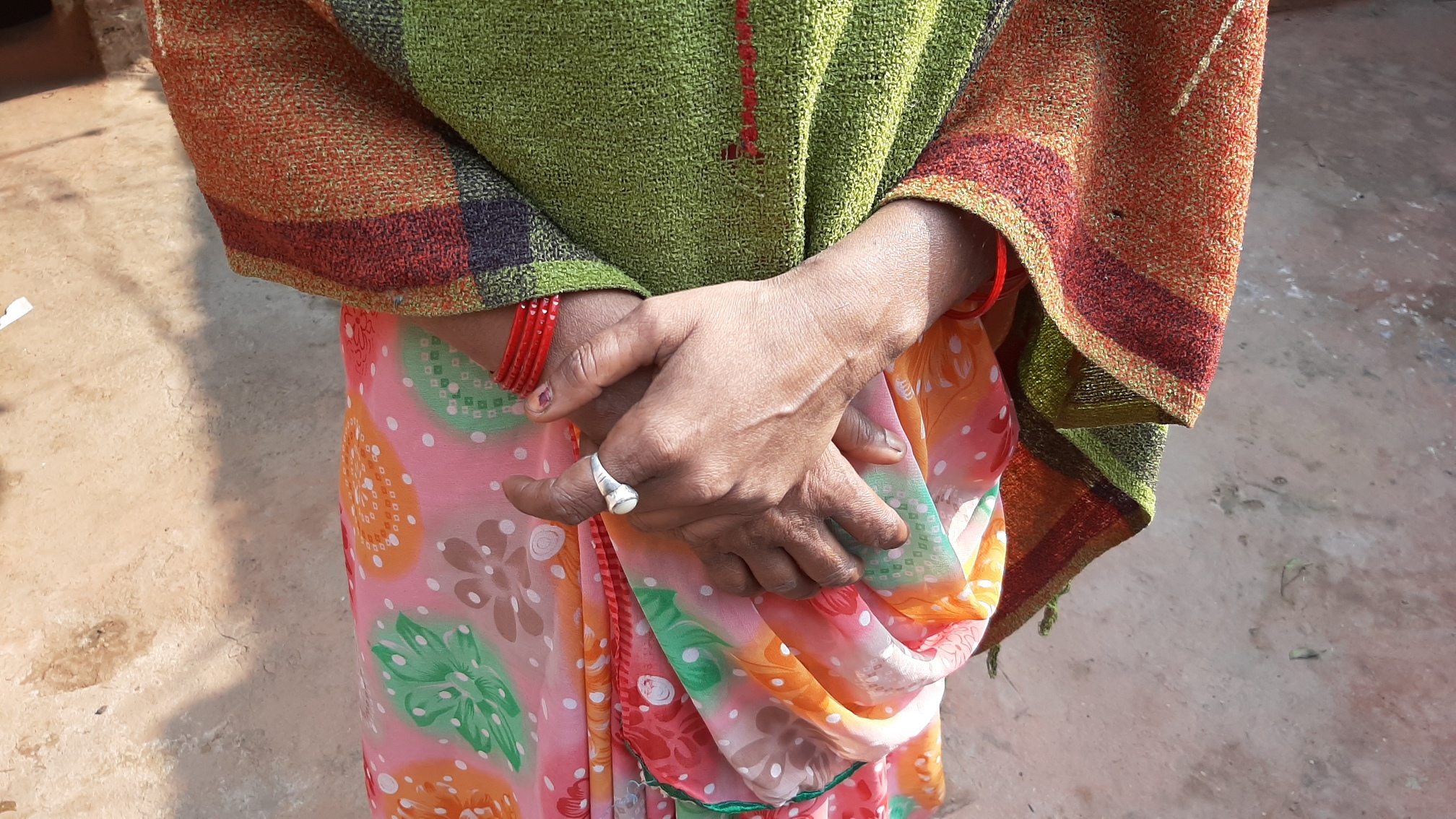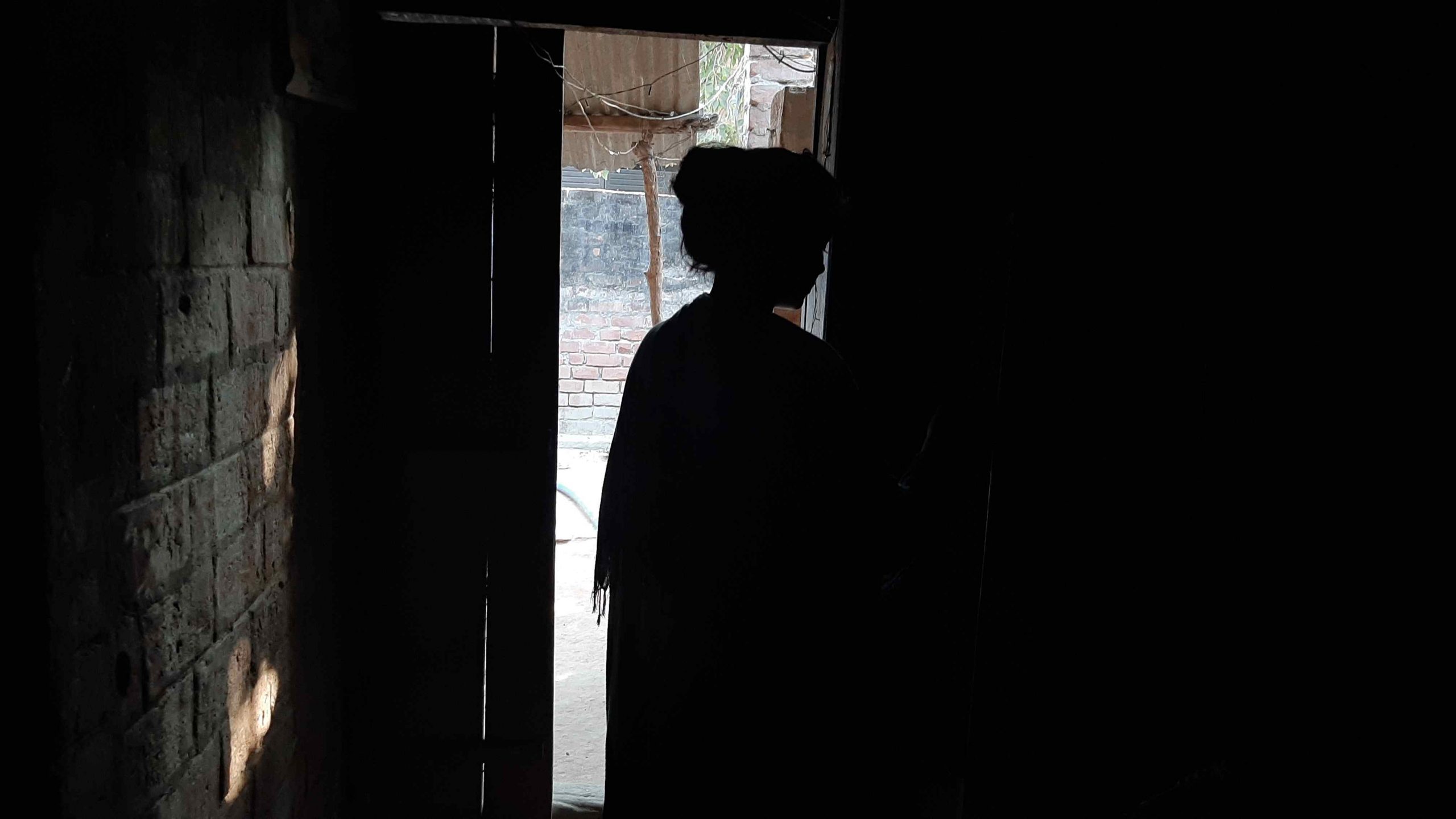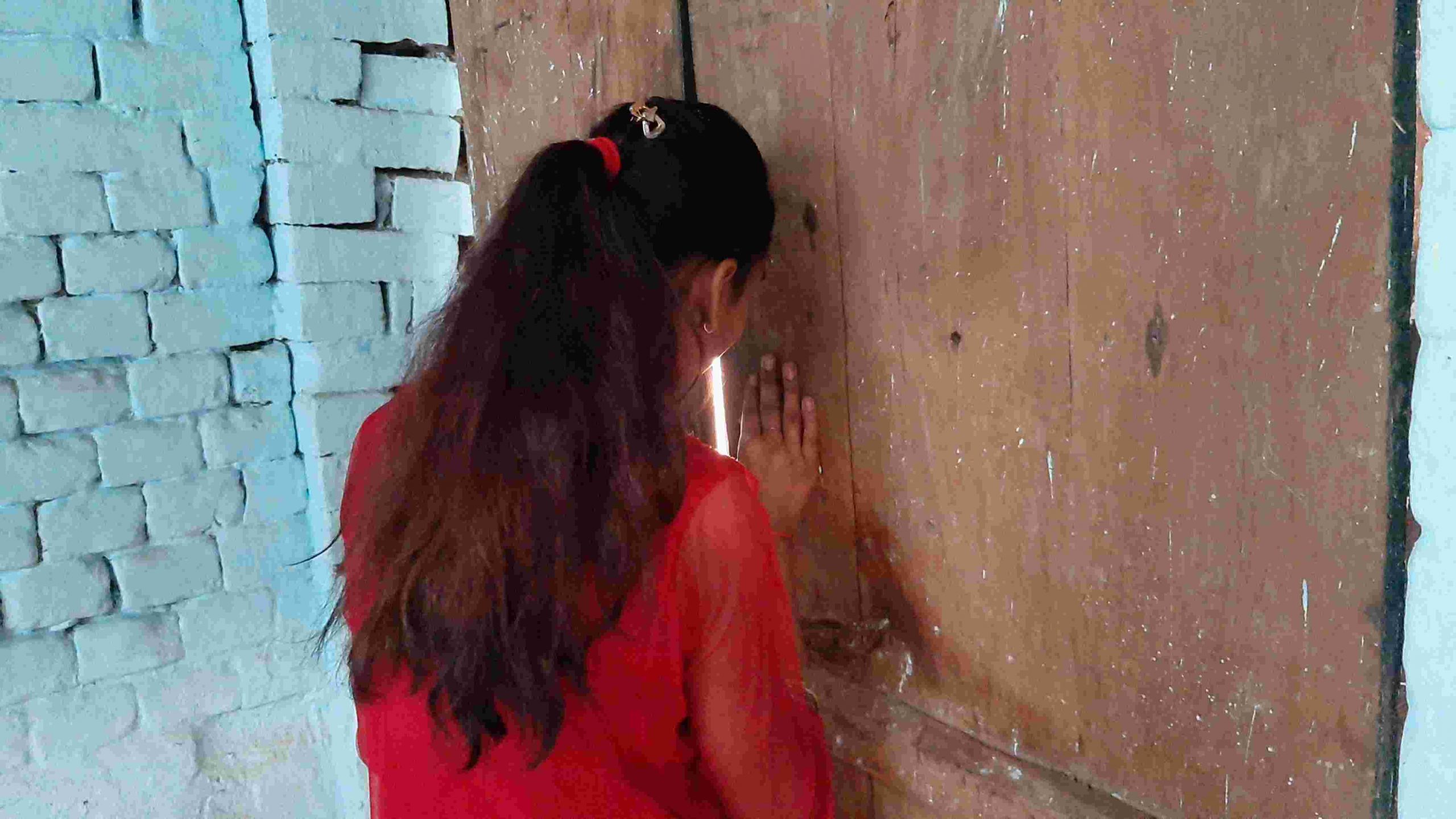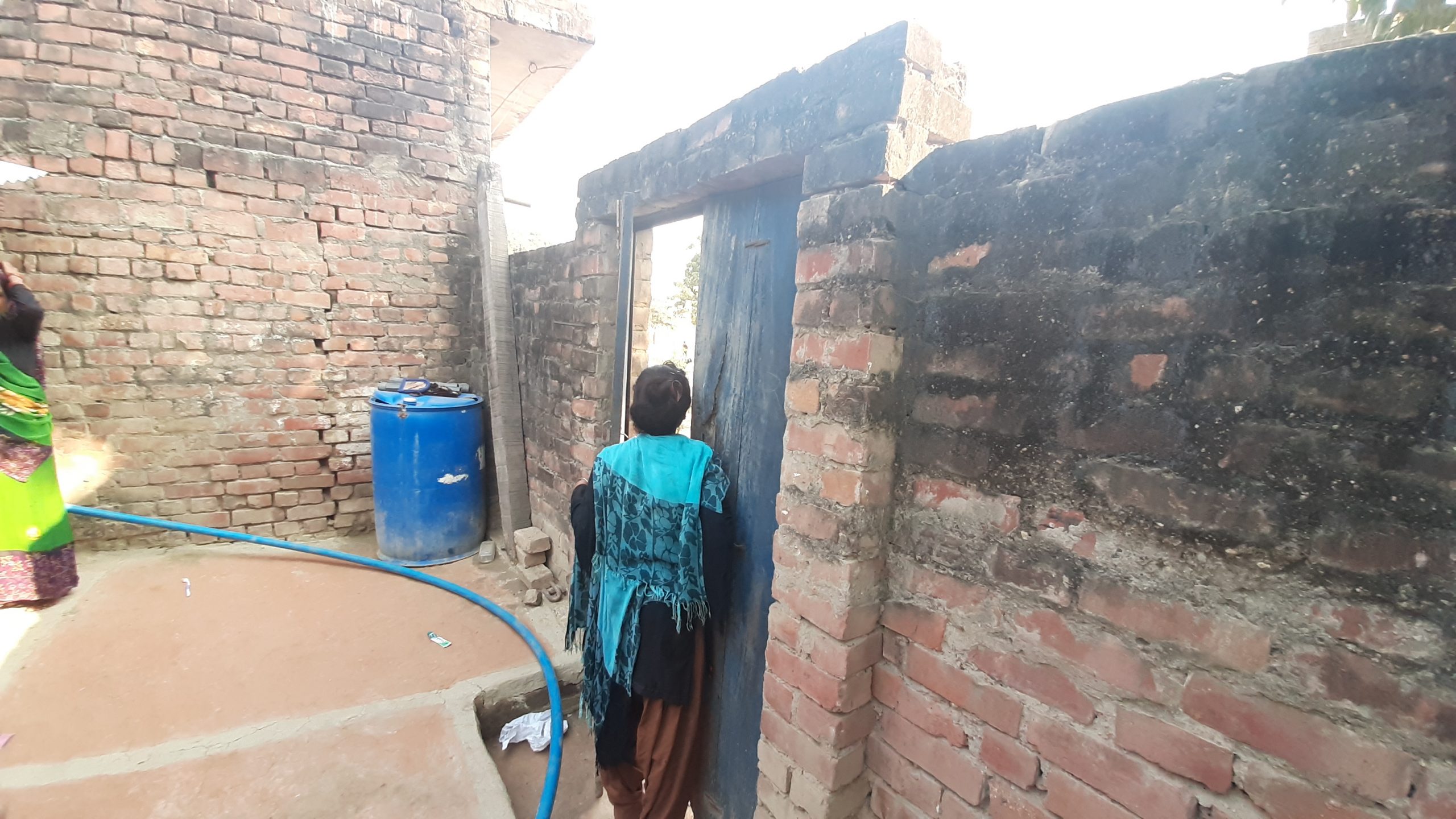Rape Narratives: Of the men, by the men, for the men
Rape-and-death cases, which manage to receive media attention and inspire Twitter hashtags, are often followed by narratives, which are driven by men.


Amid the COVID-19 pandemic, there seems to be an outbreak of another epidemic in the country. But, unlike the novel coronavirus, which is a new strain of virus that has claimed over a million lives across the globe, the other epidemic has no novelty. For, at least 87 girls and women are at its receiving end every day in India.
Rape.
Kathua. Nirbhaya. Two horrific rape cases that trended for a short while on Twitter and ruled airwaves as people debated on how to make the country safer for its girls and women. And then, we now have Hathras and Balrampur. The same cycle is being repeated. But, there are numerous heinous rape crimes where even an FIR is not registered. Rural India is full of such everyday stories of violation of women’s bodies. They receive no attention.
Rape-and-death cases, which manage to receive media attention and inspire Twitter hashtags, are often followed by narratives. Narratives of the men, by the men, for the men.

Predictably, the same has started with the Hathras case and even the Balrampur case. There are reports trickling in that the Hathras gang-rape victim, a Dalit teenage girl, had a relationship with one of the accused and her death wasn’t a gang-rape, but an honour killing by her family. Now, Prashant Kumar, ADG (Law and Order), Uttar Pradesh, has been reported as saying the forensic report makes clear the woman was not raped.
The same narrative has started to emerge from Balrampur, where a girl seeking admission in a college, has died after gang-rape. The story doing the rounds is that she had a relationship with one of the accused, who raped her along with others, and she later died on the way to the hospital.
[Interjection: Falling in love is not a crime. Having a relationship is not a crime. Rape is a punishable crime.]
Post the outrage, it isn’t uncommon to come across patriarchy-driven narratives that make every effort to rest the blame, if not completely, then in part, on the raped girl/woman by slaying her character — “She was having an affair”, “She went to the fields to meet her boyfriend”, “She consumed alcohol and was inebriated”, “She was travelling alone”, “She rejected his proposal”. As if any of these is illegal and justifies the heinous crime of rape.

At Gaon Connection, we have documented umpteen cases of how rape victims are treated (the worst treatment is reserved for the most underprivileged Dalit women) if they ever gather enough courage to approach the police. Our ‘Raktranjit – Bloodstains’, and ‘After The Rape’ series are full of such horror stories.
For instance, when Sudha Varghese, a social activist working with the Musahar MahaDalit community of Bihar, took a young rape victim to the police station, she was told: “Who will rape such a dirty looking girl?”
Almost every effort is made to dissuade the victim from filing an FIR. Swift action is limited to cases that can manage to trend on Twitter. In several cases, an FIR is delayed by almost 28-30 days, which weakens the case.
In one case reported by Gaon Connection in its ‘After the Rape’ series, while the father struggled to file an FIR on the gang-rape of his minor daughter, immense pressure was exerted on him to marry off his daughter to one of the rapists.

We also reported on another hearing-and-speech impaired rape survivor, whose father, when he got to know the daughter was raped and pregnant, suggested that his wife poison their daughter.
After the Kathua rape case, narratives were floated that the young girl was never gang-raped and the entire case was ‘politically motivated’. Or, that only one boy raped her and it wasn’t a gang-rape, and so did not ‘deserve’ so much of media glare!
Without commenting on whether these post-rape narratives are ‘right’ or ‘wrong’, one thing is clear — a large chunk of these rape narratives are ‘of the men, by the men, for the men’.

